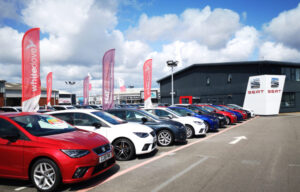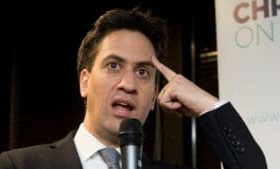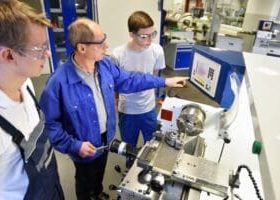The number of used cars sold fell by nearly a fifth in the second quarter as the supply issues that have put the brakes on the new car market finally hit the availability of second-hand vehicles.
Figures out today from the Society of Motor Manufacturers and Traders showed a 18.8 per cent fall in the second quarter of 2022, with 1,759,684 transactions. Some 407,820 fewer vehicles changed hands compared with the same period last year.
The long-running shortage of semiconductors continued to affect the supply of new cars, with an “inevitable” knock-on effect on used transactions, the trade body said.
While the scale of the decline in the second quarter was artificially inflated by comparison with 2021, when the easing of Covid restrictions resulted in the busiest second quarter since records began, it was also 13.5 per cent down on pre-pandemic levels.
Year-on-year declines were recorded in each month, with falls in April, May and June of 16.8 per cent, 20.9 per cent and 18.6 per cent respectively. As a result, the market is down 8.3 per cent in the year to date on 2021, and 12.8 per cent lower on 2019.
Chris Knight, UK automotive partner at KPMG, said: “With the rate of new cars entering the market significantly down on previous periods as manufacturers grapple to solve supply issues, consumers are holding on to their vehicles for longer, resulting in fewer used car transactions.
“Prices remain significantly higher than pre-pandemic as consumers are willing to pay a premium to avoid having to wait. There is, however, evidence that price growth is cooling amidst a cost of living squeeze, and a rise in the cost of driving.”
He added: “Consumer demand for used cars may well drop in the coming months, but the supply landscape is such that it’s unlikely that we will see major price corrections in the near term.”
Despite the overall fall, sales of battery electric vehicles rose 57.1 per cent to reach 16,782 units, doubling market share to 1 per cent, while plug-in hybrids held relatively stable with 1 per cent growth and 0.9 per cent of the market. Hybrids, meanwhile, declined by 4 per cent with 2.4 per cent of the market. As a result, used petrol and diesel vehicles remained dominant, totalling 1,682,280 units and accounting for 95.6 per cent of sales.
Mike Hawes, chief executive of the SMMT, said: “It was inevitable that the squeeze on new car supply would filter through to the used market. Despite this, Britain’s used car buyers clearly have a growing appetite for the latest low and zero-emission cars, and we need a thriving new car market to feed it.
“The next prime minister must create the conditions to drive consumer confidence, especially in EVs (electric vehicles), to drive the fleet renewal necessary to meet our decarbonisation goals.”
Mirroring the new car market, the most popular segment types were supermini (31.4 per cent), lower medium (26.5 per cent) and dual purpose (14.7 per cent). Black cars proved the most popular, accounting for more than one in five (21.5 per cent) sales, followed by blue and grey. Pink cars proved the least popular overall, comprising 1,135 units.
Read more:
Supply issues drive down used car sales








